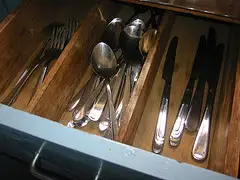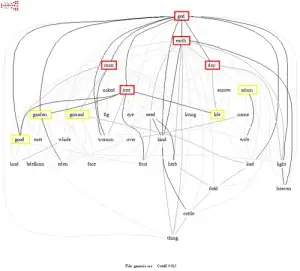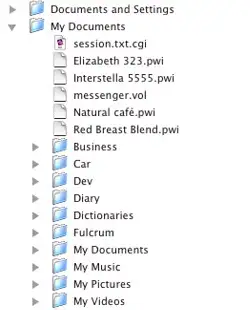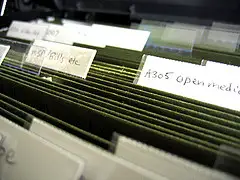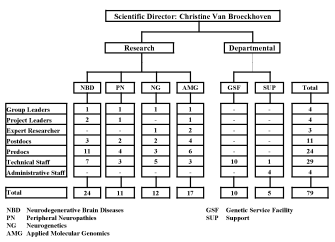One, Two, Three: The digital order and the end of hierarchy
Since I finished reading "Everything is Miscellaneous" by David Weinberger, I have been trying to figure out how the third order of things and information in the digital age will change things. I already wrote some pieces here on tagging and how it changes the way we structure information. But, so far, I have struggled to explain easily the digital order and its implications. So here is my attempt. (Attention: simplified!)
First order
This photo represents pretty much the first order, where I simply sort things -- cutlery in three different boxes: forks, spoons and knives.
Second order
In the second order I can go a step further and use a table or list to sort information out by topic. If you want to present relevance from this listed points to many existing information, one way to do this would be to make another table for spoons and forks. You could go on and make a fourth list, which explains how and when these different cutlery was used. Whereas this approach is finite in the physical world, in the digital one it is infinite.
Third order
Now, in the digital age, all this information can be sorted out in infinite possibilities. So, imagine hundreds of lists for each unique perspective from a user. Imagine all sorts of lists are connected to one another. If somebody is a collector of ancient spoons, he will sort them out differently (era, types of usage, material, culture etc. ) than a table etiquette expert (position of spoon on the table, sorts of food for each spoon etc.) However, through the internet, it is possible to link everything to give it a broader meaning, to change perspective. The social web is actually about that -- users worldwide tagging the web to give it meaning or link articles in wikipedia.
This collective constructed network of knowledge free us from the boundaries and limitations in the physical world. Go to a library and research about a certain question; you will find out how you have to wander from book to book, from advice to advice. But even the digital world is still loaded with this dream second order categorization.
But why are we then still sorting out our information in the first order?
Because the physical world is full of hierarchical structured (ordered) things . One example are organizations.
In the digital world, information is not structured that way. And certainly an organization cannot work that way in the web.
